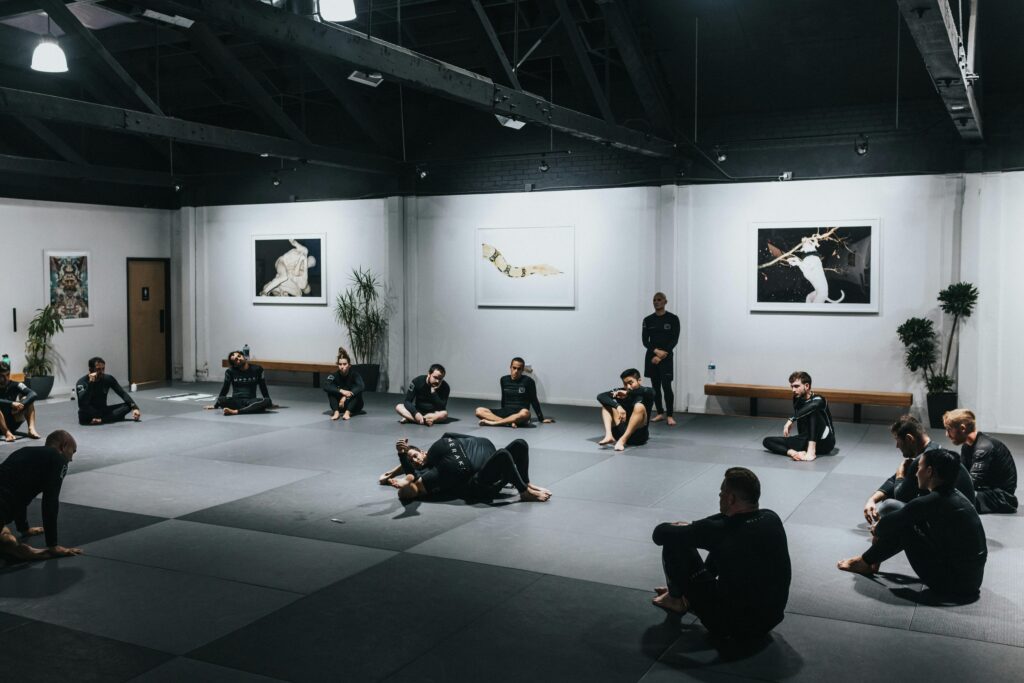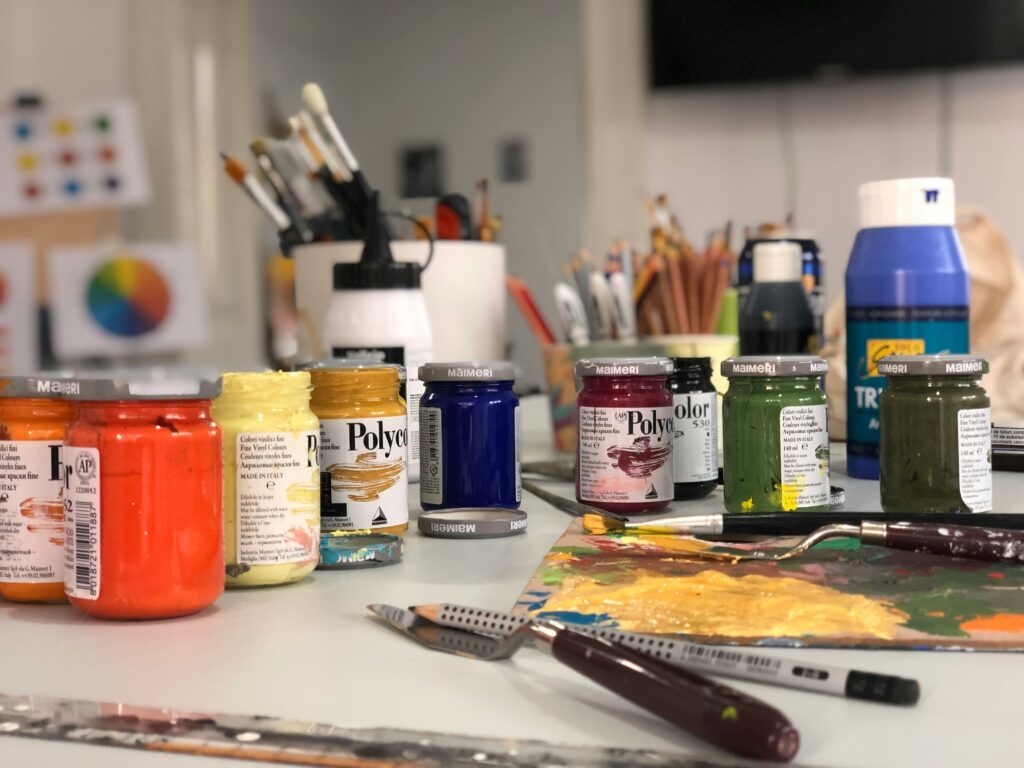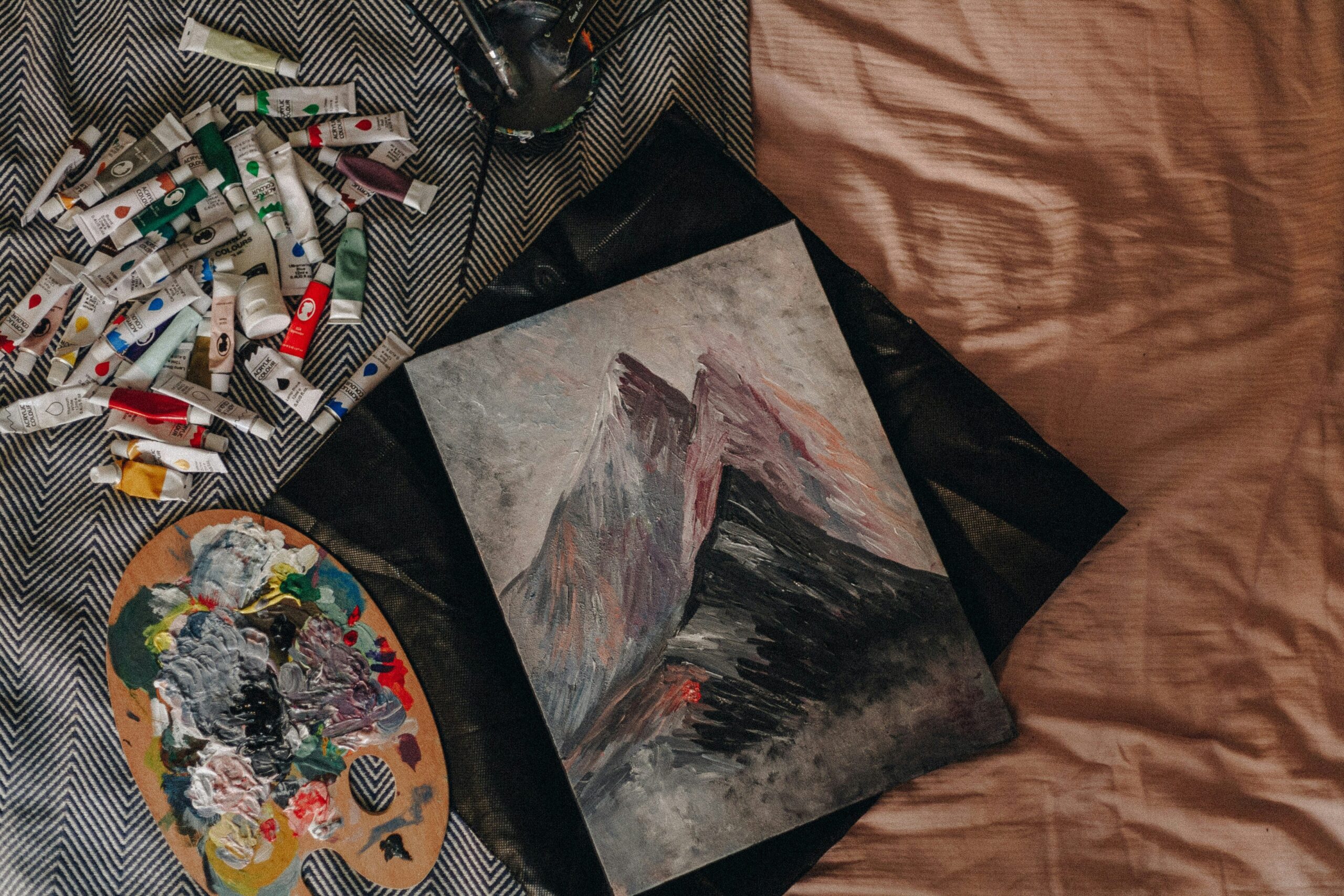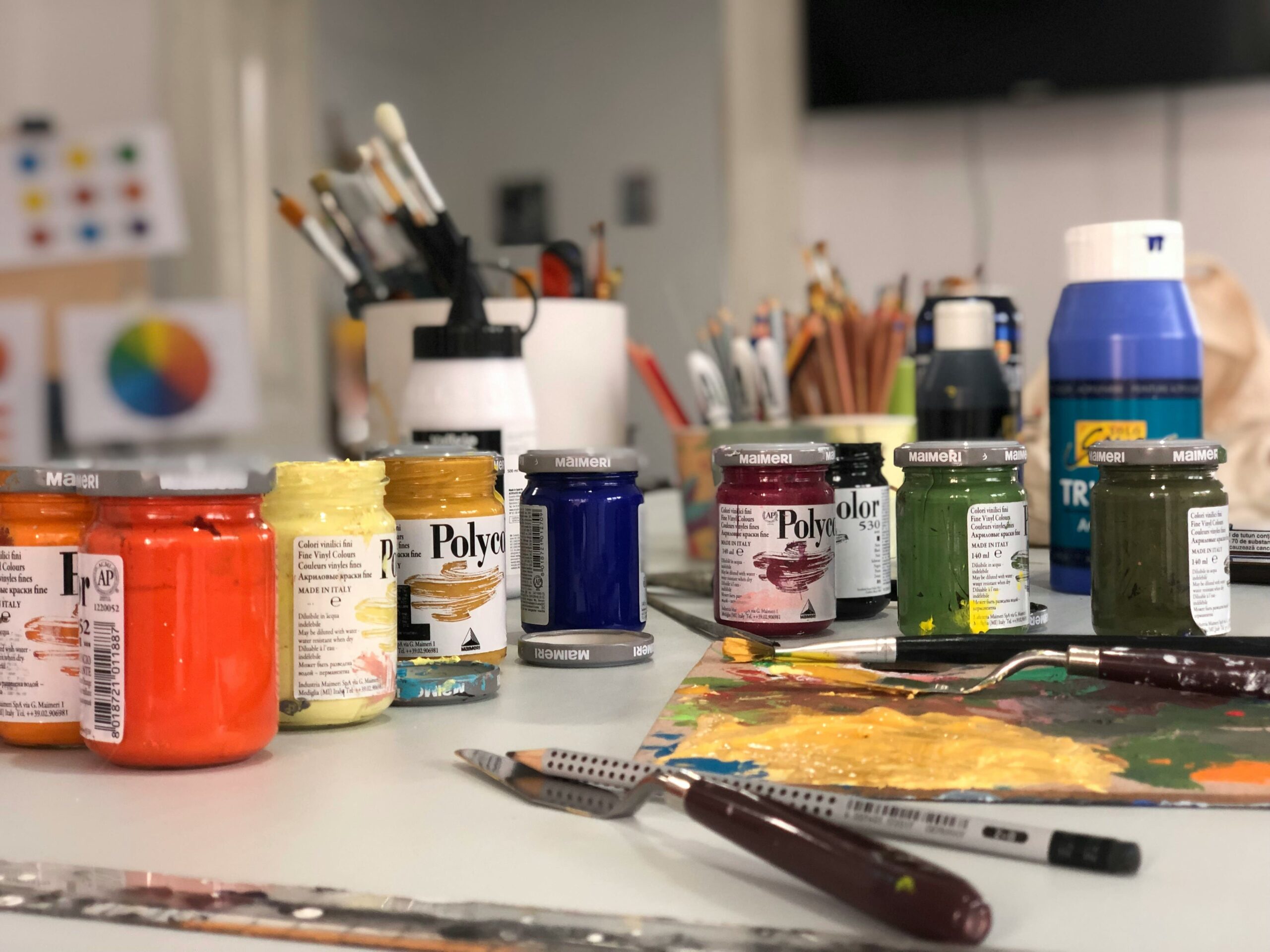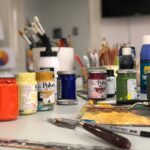Now Reading: Art Therapy Activities for Addiction Recovery
-
01
Art Therapy Activities for Addiction Recovery
Art Therapy Activities for Addiction Recovery

Explore effective art therapy activities for addiction recovery. Boost healing, reduce stress, and support emotional growth through creative expression.
Introduction
Addiction doesn’t just affect the body—it deeply impacts emotions, thoughts, and relationships. Recovery isn’t only about stopping substance use; it’s about rebuilding one’s sense of self. That’s where art therapy activities for addiction come in.
Art therapy provides a safe, creative outlet to explore feelings, reduce anxiety, and express what words often cannot. Through drawing, painting, collage, and other visual tools, individuals in recovery can process their journey and reconnect with hope, purpose, and identity.
This article will explore how art therapy activities support addiction recovery and offer specific exercises that promote emotional healing and self-discovery.
What Is Art Therapy?
Art therapy is a mental health practice that uses creative expression to support emotional, psychological, and spiritual healing. A trained art therapist guides individuals through activities designed to uncover inner thoughts, reduce stress, and promote insight.
Art therapy is particularly effective for those in addiction recovery because it bypasses verbal defenses and engages the right side of the brain—home to creativity, emotion, and intuition.
📊 According to the American Art Therapy Association, art therapy can reduce anxiety, improve self-esteem, and support trauma recovery—all crucial components in addiction treatment 1.
Why Art Therapy Activities Work in Addiction Recovery
🧠 1. Helps Process Difficult Emotions
Many individuals in recovery carry guilt, shame, anger, or grief. Art provides a nonverbal way to release and explore these emotions safely.
🖌 2. Builds Self-Awareness
Through creative exploration, individuals gain insight into patterns, triggers, and emotional wounds that may contribute to addiction.
🧘 3. Reduces Stress and Cravings
Creating art can be soothing. It activates the parasympathetic nervous system (the “rest and digest” mode), which helps reduce anxiety and lower the risk of relapse.
📊 A study published in Art Therapy: Journal of the American Art Therapy Association found that 45 minutes of art-making reduced cortisol levels significantly in adults 2.
💪 4. Rebuilds Identity and Confidence
Addiction can damage self-worth. Art therapy activities help individuals reclaim their voice, celebrate progress, and recognize their inner strength.

Effective Art Therapy Activities for Addiction Recovery
Here are some of the most effective and accessible art therapy activities for addiction. These can be done with an art therapist, in a group setting, or even independently as part of self-care.
🎭 1. Mask Making
Purpose: Explore identity and hidden emotions
How to do it:
Provide a plain mask (or draw a face on paper). Decorate the outside to represent how others see you, and the inside to express your true or hidden feelings.
Why it works:
Mask making reveals the gap between one’s inner and outer world, encouraging honest self-expression and deeper self-understanding.
📖 2. Recovery Timeline Collage
Purpose: Reflect on past challenges and future goals
How to do it:
Use magazine clippings, drawings, or symbols to create a timeline—from early life through addiction, into recovery and beyond.
Why it works:
This activity helps people reframe their journey, highlight moments of resilience, and see recovery as a story of growth.
🖼 3. Safe Place Drawing
Purpose: Create an internal sense of safety and calm
How to do it:
Ask participants to draw or paint a real or imagined place where they feel safe, calm, or protected.
Why it works:
This helps build emotional regulation and provides a visual anchor during stressful moments or cravings.
🌈 4. Emotion Wheel Art
Purpose: Identify and explore complex emotions
How to do it:
Draw a large circle divided into segments. Label each section with an emotion (anger, sadness, joy, fear). Fill in each part using colors, images, or patterns that represent how those emotions feel.
Why it works:
Many in recovery struggle to name and express emotions. This exercise improves emotional literacy and self-awareness.
✍️ 5. Letter to Addiction or Future Self
Purpose: Release old patterns or set new intentions
How to do it:
Write and decorate a letter addressed to your addiction (as if it were a person) or to your future self, five years into recovery.
Why it works:
This activity allows individuals to process grief, celebrate progress, and clarify their vision for the future.
🪞 6. Self-Portrait Exploration
Purpose: Rebuild self-image and personal identity
How to do it:
Create a self-portrait using any materials—paint, collage, pencil. Prompt individuals to reflect: “Who am I becoming in recovery?”
Why it works:
Self-portraits are powerful tools for reconnecting with self-worth and embracing transformation.
Group-Based Art Therapy Activities
Art therapy can be even more powerful in groups. Group activities provide:
- A sense of community and shared healing
- Opportunities to witness others’ stories
- Feedback and emotional validation
Group-friendly ideas include:
- Collective mural painting
- Gratitude mandalas
- “My Recovery Toolbox” art boxes (decorating a box filled with coping tools)
Group art therapy creates connection and compassion, both key elements in long-term recovery.
Tips for Using Art Therapy Activities for Addiction
- 🎨 No art skill is needed. The process matters more than the outcome.
- 💬 Use journaling alongside art to deepen insight.
- 🧠 Reflect after each session: How did it feel? What did I notice?
- 🧘 Pair with calming practices like breathing or soft music.
- 👩⚕️ Work with a licensed art therapist for deeper trauma work or clinical support.
Final Thoughts
Art therapy activities for addiction offer more than just creative distraction—they support deep emotional healing, stress relief, and personal transformation. These exercises help people make sense of their past, connect with the present, and envision a hopeful future.
In recovery, some wounds are hard to talk about. But through shapes, colors, and symbols, individuals can tell their stories, release their pain, and reconnect with their strength.
Whether you’re walking the path of recovery yourself or supporting someone who is, consider incorporating art therapy into the healing process. Every brushstroke, word, or image becomes a step forward—toward clarity, self-discovery, and lasting freedom.
“Art is the meeting ground of the world inside and the world outside.” – Elinor Ulman
References
- American Art Therapy Association. (2023). About Art Therapy. https://arttherapy.org ↩
- Kaimal, G., Ray, K., & Muniz, J. (2016). Reduction of cortisol levels and participants’ responses following art making. Art Therapy, 33(2), 74–80. ↩

Jen Sheldon is a seasoned writer with a passion for fitness, health, wellness, and addiction treatment. With years of experience crafting insightful and research-backed content, she helps readers navigate their journey toward better well-being. When she’s not writing, you’ll find her exploring new workout routines or diving into the latest health trends.











